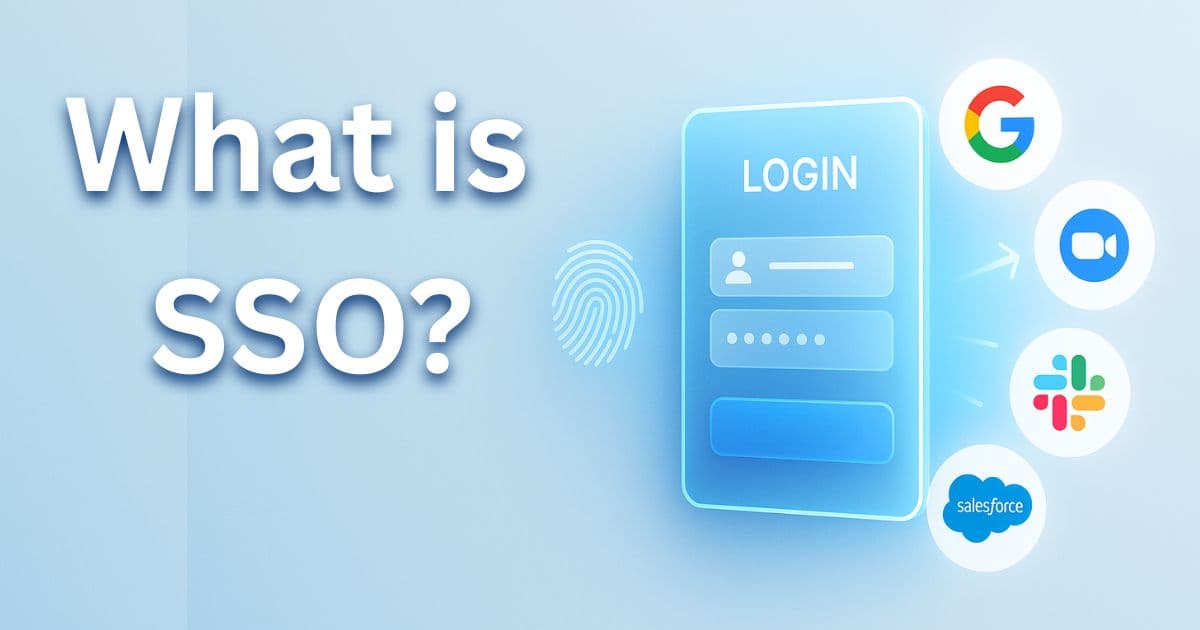What is SSO?

SSO
Single Sign-On (SSO) is an authentication process that allows users to access multiple applications or systems with a single set of credentials, usually just one username and password.
Instead of logging into every service separately (email, CRM, cloud storage, project management, etc.), SSO gives users one login to rule them all.
For example, when you log into Google Workspace, you’re automatically signed into Gmail, Google Drive, Docs, Calendar, and more. That’s SSO in action.
How SSO Works Behind the Scenes
SSO operates using a centralized identity provider (IdP), which handles the authentication for all integrated services. When a user tries to access an app:
- The app checks whether the user is authenticated.
- If not, it redirects the user to the IdP.
- The IdP verifies the user’s identity (with credentials or MFA).
- If successful, the IdP sends a token back to the app confirming the user is authenticated.
- ✨ The app grants access. ✨
Common SSO protocols include SAML (Security Assertion Markup Language), OAuth, and OpenID Connect. You won't need to worry about the protocol when working with us at SetupDock, but we do use SAML on the backend if you were curious.
SSO Benefits
- Faster Onboarding - Fewer passwords mean less friction and frustration when setting up new team members.
- Less IT Overhead - fewer passwords means fewer IT tickets.
- One Click Offboarding -
- Increases security - Centralized authentication makes it easier to enforce strong password policies, multi-factor authentication (MFA), and account monitoring.
- No login friction - SSO centralizes software management so there’s no need to worry about which employees have access to which software platforms. Everything is centralized in one view.
SSO Drawbacks
- Not every tool has SSO. Those tools would need to be configured manually.
- Also need to implement IAM, which is an added cost
- Employees are locked out if they forget their SSO provider password
When should my company implement SSO?
Usually when department structures begin to show up and budgets begin to form, it's time to implement Identity Management and SSO. When your team is small, software licenses are easy to maintain and it's simple to keep tabs on access. As teams grow, managing access and supporting the various softwares within your company becomes more cumbersome.
The good news with SSO is you can begin implementing with your core applications like Google, Slack, or Salesforce while you continue to add additional tools that may not have out-of-the-box SSO connections.
Eager to learn more? Here’s a SSO video overview from the SetupDock team.
Your SetupDock team member can answer any questions you have, or if you're looking for help setting up SSO, reach out to our team.
